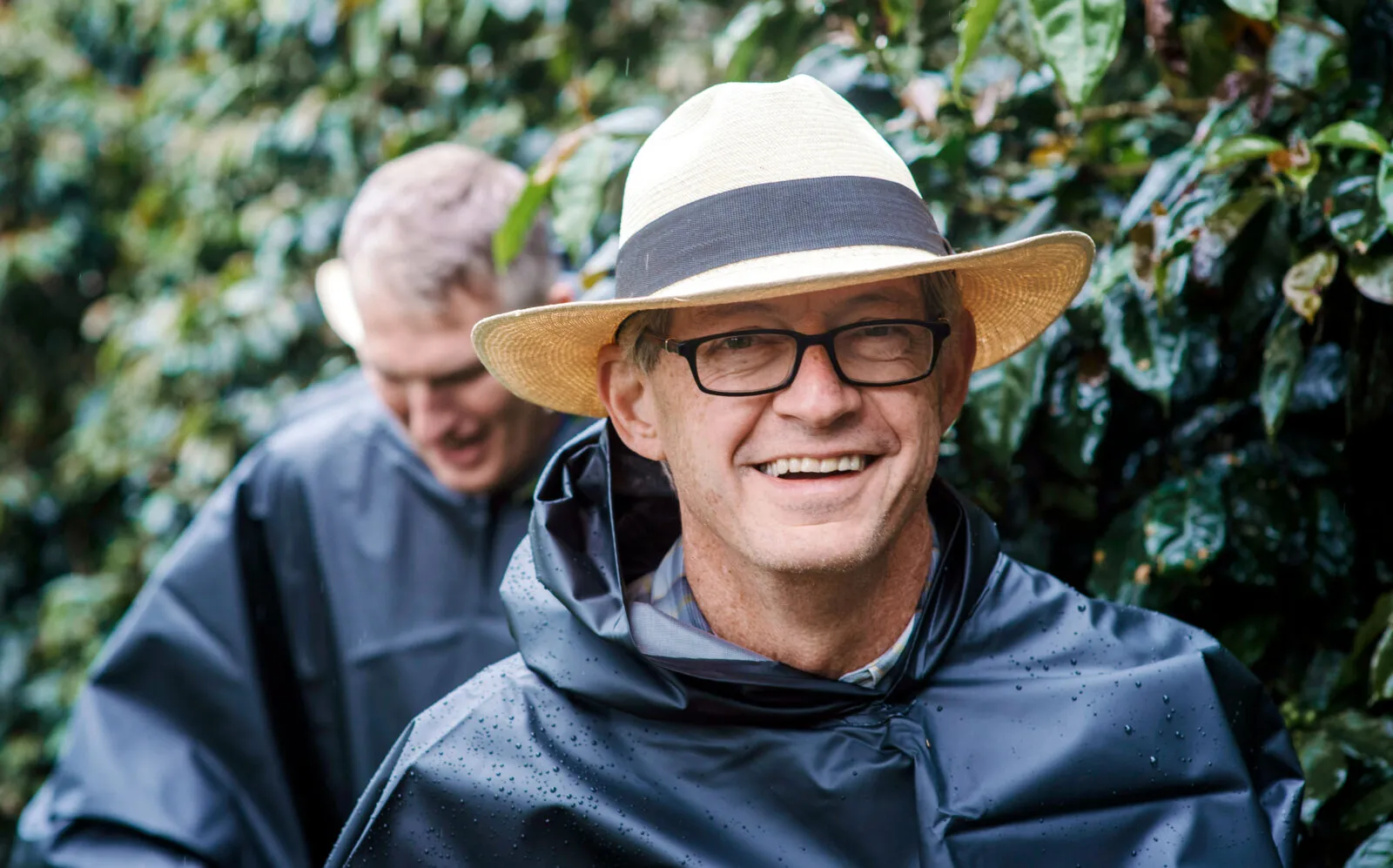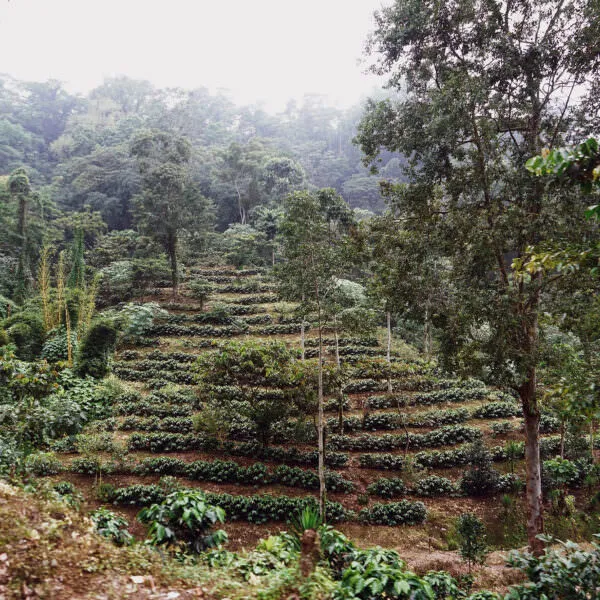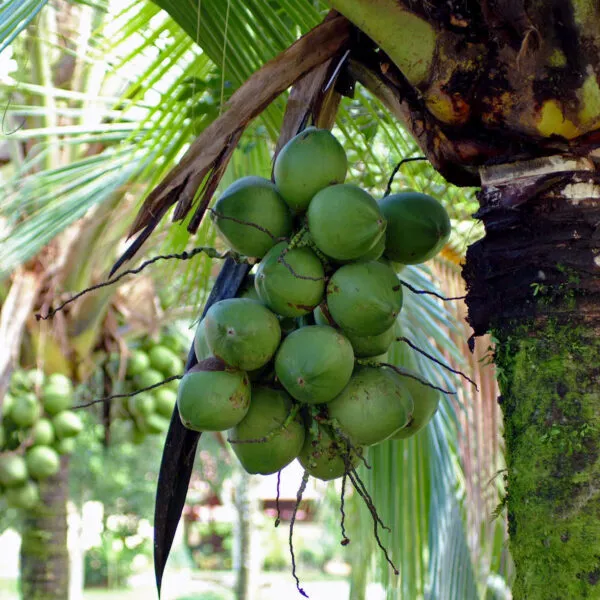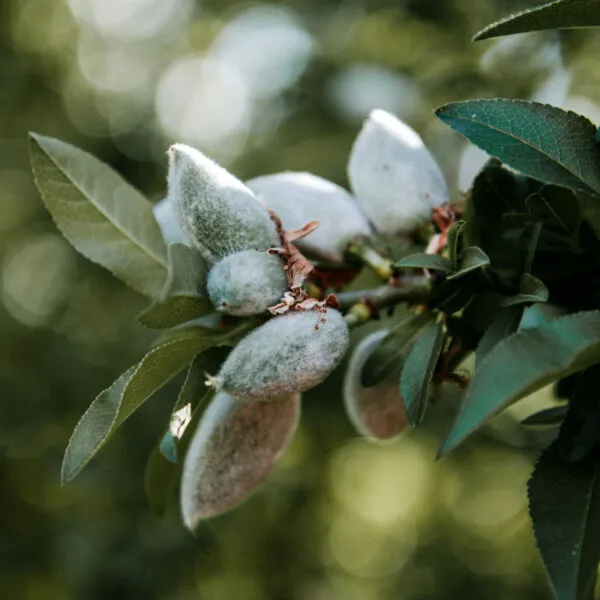Back in 1987, a 24-year-old Daniel Katz co-founded the Rainforest Alliance, a tiny organization with a big mission: save the rainforests. Read on to learn more about the Rainforest Alliance, as Daniel chronicles our journey from inspiration to global movement.
I vividly remember being in college, 19 or 20, and learning about tropical forests—this tiny sliver of land near the equator, just two percent of the world’s surface, but home to over 50 percent of the world’s species. And they were being destroyed.
I’d never been to a rainforest—and in fact, the idea of visiting one freaked me out. City kids like me don’t do well with poisonous snakes and vampire bats. But for reasons that I’m still not sure of, I wanted to give the peoples, plants, and animals of the rainforest a say in things.
A few years later, I co-founded the Rainforest Alliance. We were a small bunch of young, idealistic New Yorkers, fascinated by tropical forests and determined to save them. We started the Rainforest Alliance with zero dollars, zero contacts, and zero donors, but I think we made up for that with sheer determination. I still remember our first 100-dollar donation—Dr. Thomas Lovejoy in late 1986—and every milestone like that.
Sign up for useful tips to green your life and protect our planet.
We thrived because we had so many passionate people involved from the start—each bringing their talents and knowledge to the table. And our alliance has always been about bringing the right combination of people together—organizers, community leaders, farmers, workers, businesses, nonprofit organizations, and millions of individuals around the globe. We’re trying to change the world here, and that’s not something anyone can do alone.
“I still remember our first 100-dollar donation— from Dr. Thomas Lovejoy in late 1987—and every milestone like that.”
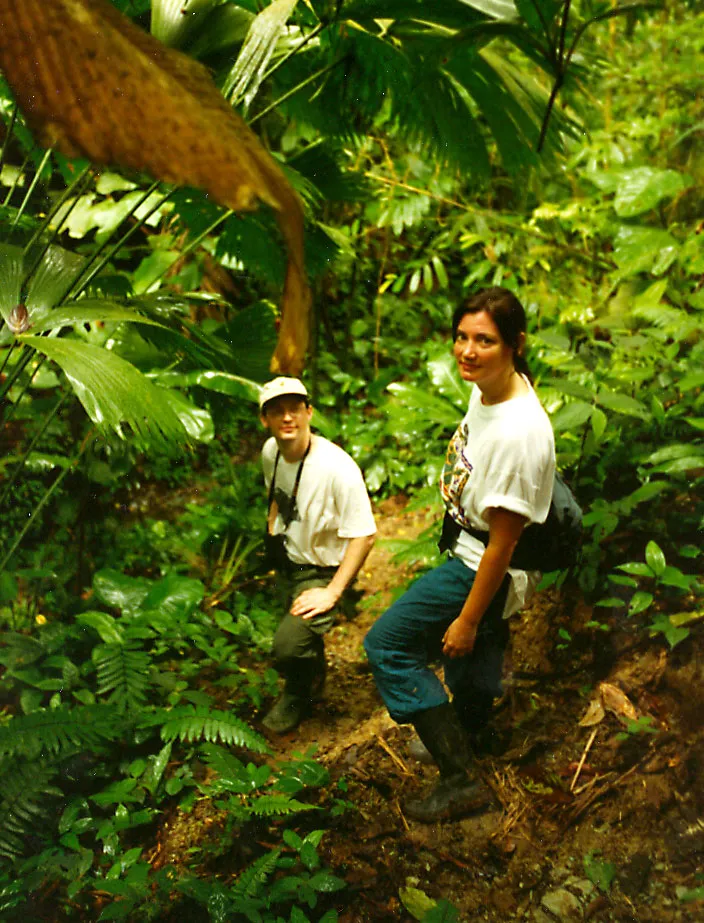
Clearly, collaboration was key. In the 1980s, it was all but impossible to convince companies to work with us. Corporate social responsibility wasn’t a “thing” back then, and CEOs literally laughed at us. But we persevered. The Rainforest Alliance grew and evolved, expanding our scope to include other types of tropical forests and pioneering independent third-party certification as a way to drive sustainability transformation. Our work was groundbreaking; certification has not only helped companies recognize the impact of their sourcing choices, but has also helped connect consumers with the farmers and forest communities who steward the world’s most precious landscapes.
Over the years, we’ve expanded our sustainability toolbox: We’ve learned that certification works best in combination with landscape-wide programs and local-to-global advocacy efforts. And that our programs must evolve in line with today’s technical advancements.
That’s why, in 2020, the Rainforest Alliance published a new Sustainable Agriculture Standard—one that reimagined certification as we knew it. On the ground, this means strengthened monitoring systems, more investment and support for farmers, and new digital innovations—and perhaps most importantly, a commitment to keep on improving because sustainability is a journey, not a destination.
“I wanted to give the peoples, plants, and animals of the rainforest a say in things.”
I must admit that when I started the Rainforest Alliance, I was certain that one day we would close shop because our work would be done; the rainforests would be conserved. Thirty-five years later, it’s clear that the work of the Rainforest Alliance is still desperately necessary, and its mission grows more critical each day.
But looking back on our own journey gives me hope. When we started out, our whole team could fit in one (very small) room. These days, our alliance counts more than 700 staff members and 7.5 million farmers in 62 countries, and the numbers are growing all the time. Millions of people trust our little green frog to lead them to a more sustainable choice at the supermarket—and a better future for our planet. What a privilege and joy it has been over the decades to help people understand that we really can thrive in harmony with nature.
